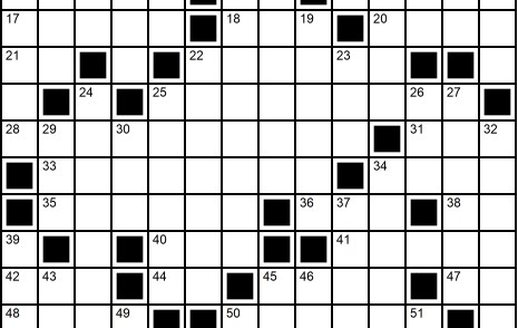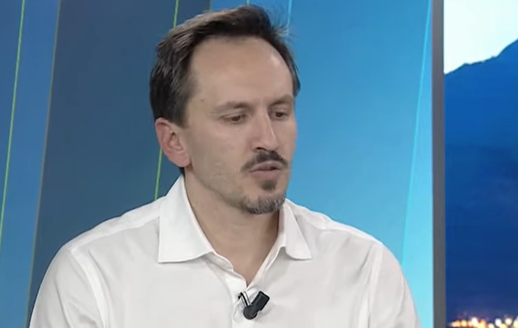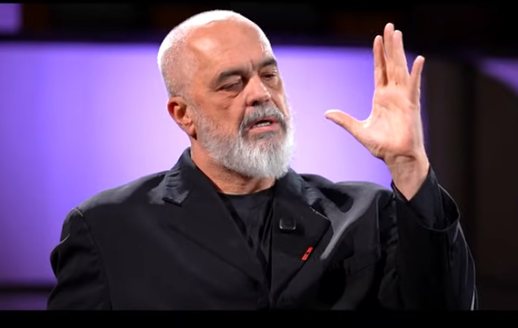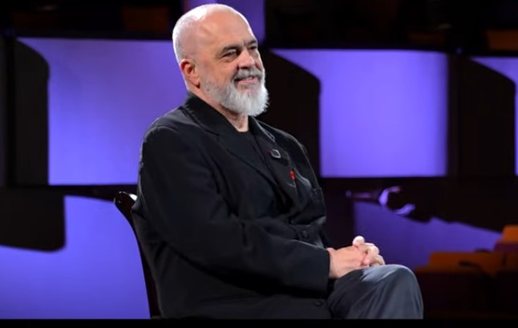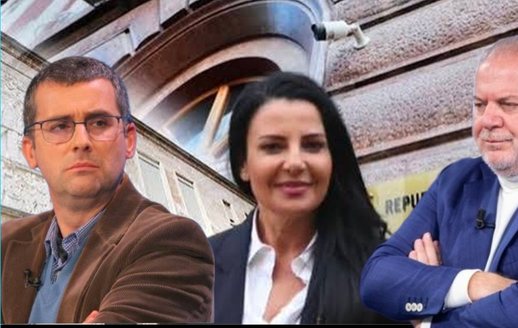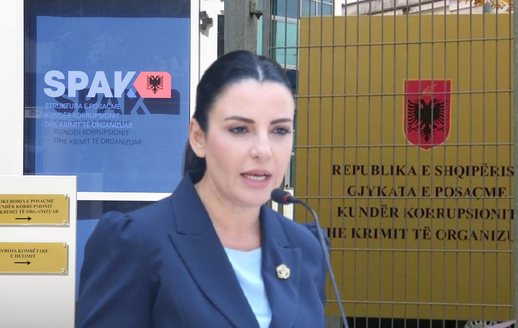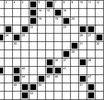
British anthropologist claims Jesus' tomb and Ark of the Covenant lie hidden beneath the Great Pyramid of Giza

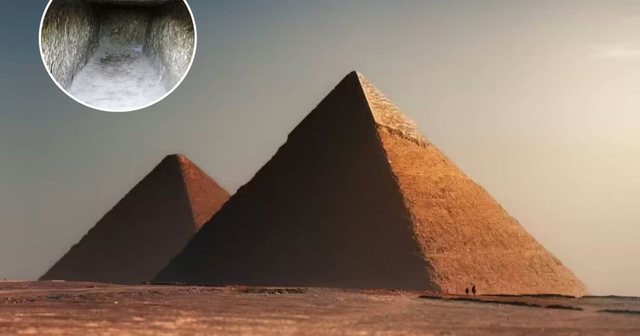
A bold theory by British anthropologist Dr. Paul Warner has sparked global intrigue by suggesting that two of the most sacred relics in religious history – the tomb of Jesus Christ and the Ark of the Covenant – may lie hidden beneath the Great Pyramid of Giza in Egypt. According to The Jerusalem Post, Warner revealed his findings during a meeting with Egypt’s Minister of Tourism and Antiquities, Ahmed Issa, in 2022, offering the Egyptian government his data in exchange for support for the country’s investigation.
Warner's theory combines scriptural analysis, comparisons with Mesopotamian tablets, and modern archaeological methods, along with cutting-edge elements of quantum theory. At the heart of his hypothesis is the belief that these objects are hidden behind a stone barrier near the southern corridor of the Great Pyramid, where his research suggests the existence of a hidden double chamber.
At the heart of the theory is the belief that the sacred relics were deliberately hidden in a secret double chamber carved into the pyramid's subterranean structure – beneath tons of limestone and behind an unexplored block of stone. Warner's research draws on interfaith symbolism, connecting Christian, Jewish and Islamic traditions with data in ancient texts. By combining these sources with comparative analysis of Mesopotamian clay tablets, Warner claims to have found a specific entry point previously missed by conventional scholarship.
Despite the project receiving attention from the highest levels of the Egyptian government, Warner claims that bureaucratic resistance continues. “Although the project has received support from the highest authorities in Egypt (including the office of the President himself), Hawass remains an obstacle to progress,” he said, referring to renowned Egyptologist Zahi Hawass. He added, “New scientific ideas often attract violent opposition from the old guard – as is proven throughout history – we have Copernicus, Galileo and Giordano Bruno to testify to this.”
Warner's model goes beyond traditional archaeology. It includes speculative but increasingly popular theories that draw connections between quantum entanglement, non-local consciousness, and religious prophecy. In his framework, ancient visions can be interpreted as scientifically plausible phenomena related to quantum entanglement, or the exchange of information in the brain across time and space—ideas that are often ridiculed by mainstream academics but are gaining traction among fringe theorists and some quantum physicists.
This controversial blend of science, spirituality and mysticism has drawn criticism from mainstream Egyptologists, yet Warner argues that continued resistance to exploration beneath the Great Pyramid risks missing what could be the most important archaeological discovery in modern history.
The International Pyramid Scanning Mission, which uses muon imaging to non-invasively peer inside the massive structures, was initially seen as a means to validate Warner's hypothesis. However, progress stalled when the team reportedly failed to meet commitments to scan the specific section identified by Warner's research.
With public interest growing and calls for an investigation continuing, Warner insists that only a scientific examination of the southern corridor blockage can settle the matter—proving or disproving his theory. Until then, the supposedly “quiet war” between academic tradition and new thinking continues in the shadow of the world’s oldest wonder.
Happening now...

83 mandates are not immunity for Rama's friends
ideas

"Preliminary sentence for Belinda Balluku", response to Baton Haxhiu

Teatri që fsheh prapaskenën

Berisha's red line and the black line of democracy in the DP
top
Alfa recipes
TRENDING 
services
- POLICE129
- STREET POLICE126
- AMBULANCE112
- FIREFIGHTER128


